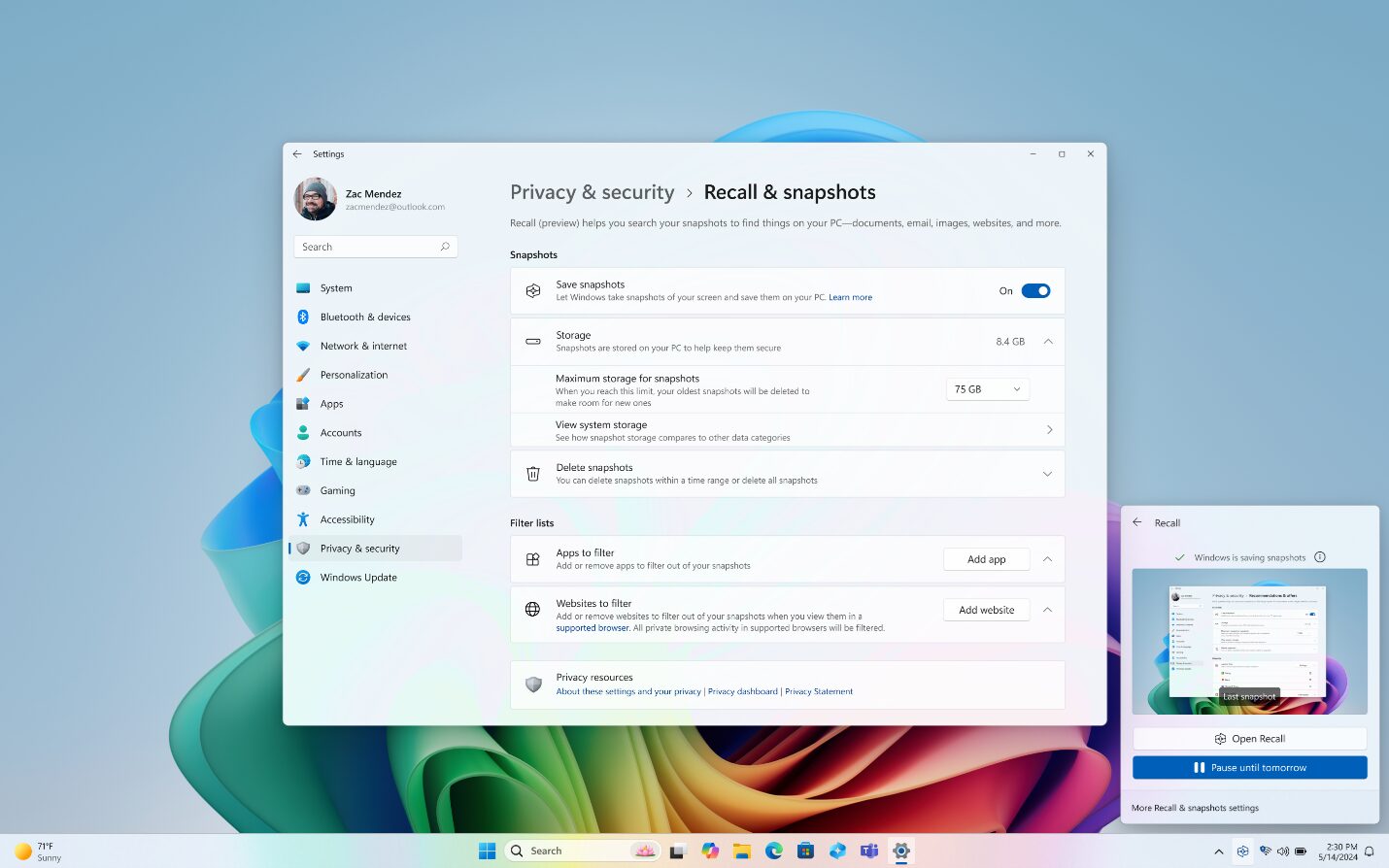Microsoft's Memory Revolution: Windows Recall Unleashed for Users

After months of anticipation and heated debate, Microsoft is set to unleash Windows Recall, a groundbreaking AI-powered feature that has sparked intense privacy and security discussions. The controversial tool, which promises to revolutionize how users interact with their digital memories, is finally making its way to Windows devices.
Initially met with significant skepticism, Windows Recall allows users to effortlessly search and retrieve past digital interactions, screenshots, and activities using advanced AI technology. Despite earlier concerns about potential privacy risks, Microsoft has worked diligently to address these challenges and reassure users about the feature's safety and functionality.
The feature represents a bold step forward in personal computing, offering an unprecedented way to track and revisit digital experiences. While some privacy advocates remain cautious, Microsoft claims to have implemented robust security measures to protect user data and maintain confidentiality.
As the rollout begins, tech enthusiasts and everyday users alike are eager to explore how Windows Recall might transform their digital workflow and memory management. The feature promises to be more than just a search tool—it's a potential game-changer in how we interact with our digital histories.
